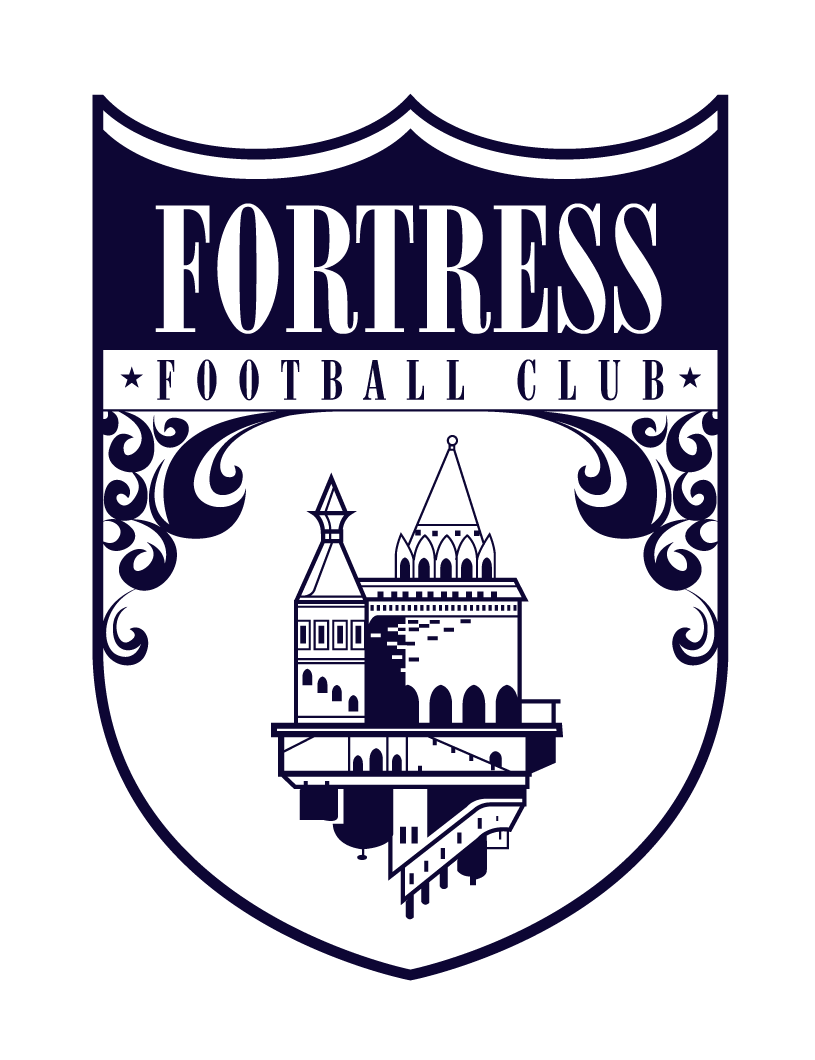The Free Man
In past emails, we’ve spoke of finding the third man. The third man is the open man on the field. In a small sided example, such as a 3v3 or 3v2, it’s easy to see where the third man is. The third man often represents the second pass in this case.
But what about when there’s 18 players on the field such as in our games? Or 22? It can be hard to see but the principle is still true. The prerequisite is to disorganize the opponent’s defense. This is done through building up from the back (ex. Manchester City) or transitioning into a fast counter attack (ex. Barcelona of 2014-16 or Liverpool today).
This clip is from Manchester City vs. Brighton this past Saturday. At the start of the clip, the ball is at the left side of the pitch. Man City has created a positional advantage to retain possession while shifting their opponents over to that side of the field.
Notice anything familiar? Look at the long rectangle they’ve created. We can divide it into two and see that they’ve created a 4v3 rondo. Rondos and positional play games are focused sessions they practice all the time. Each man in the above picture is 10-15 yards away from each other. They are intentionally drawing the defense over to the left side as they stay organized and feel comfortable maintaining possession. The defense is disorganized, having 5 players guarding two of Man City’s forwards. They’re afraid of the through ball to them. So the only way for them to compensate for the disorganization and the fear of penetration into defensive lines is to send over more men.
Now notice the right back, #2, at the bottom of the screen.
He knows he’s the open man in this situation. So, what does he do? He raises his hands to make his teammates aware of this (cue). The response is the left back with the ball in the above picture recognizes this and shifts the ball back to his center back who quickly distributes it out to the free man, the reward being an open man in space with a little time and a disorganized opponent. Brighton’s left midfielder, not shown in the picture above, comes flying towards Kyle Walker, the free man who now has the ball. He has a second to recognize his right winger, Riyad Mahrez, cutting in against Brighton’s left back. Meanwhile, Kevin De Bruyne (#17, right midfielder for Man City) has seen what’s happening since the above cue. He shifts back into his position and overlaps into space at the exact right time to be an option for Mahrez. Mahrez heels it to De Bruyne who gives a solid pass inside to Aguero for the finish.
None of this is left to chance. All of it has been developed over years of practice, through a very specific philosophy. Being comfortable in tight spaces, a fearlessness of making mistakes, a willingness to work as a team, and finding players who are willing to continue to learn and grow professionally and personally all encapsulate this. Joe Campos, founder of Eagleclaw FC, calls these players “smooth operators."
This is what we aim to achieve at Fortress. A specific philosophy of Total Football, where all players are on the same page mentally and can bring out their creative gifts in the game. The development of players is what we’re concerned with, both on the field and off. The way we achieve this is through focus, patience, practice, time, and effort.
We will carry last week’s losing your man session into this week’s topic, finding the free man. We will also work on building out of the back during goal kicks.
And lastly, I’ve had some of you ask what your player can practice at home when we don’t have training that day. I’ve thought a good amount on this and have come up with exercises for them to do.
For now, we’ll start with 300 touches per day. This should take roughly 5-10 minutes. At first, it may take longer as they are just beginning to learn the skills. For others, it will take less and they can think about 600-1,000 touches per day.
Toe Touches - 100 minimum
Rollovers - 100 minimum
Outside Inside - 100 minimum
Thank you for all you do, parents! It’s not said enough.
Michael Dardanes
Fortress Football Club


